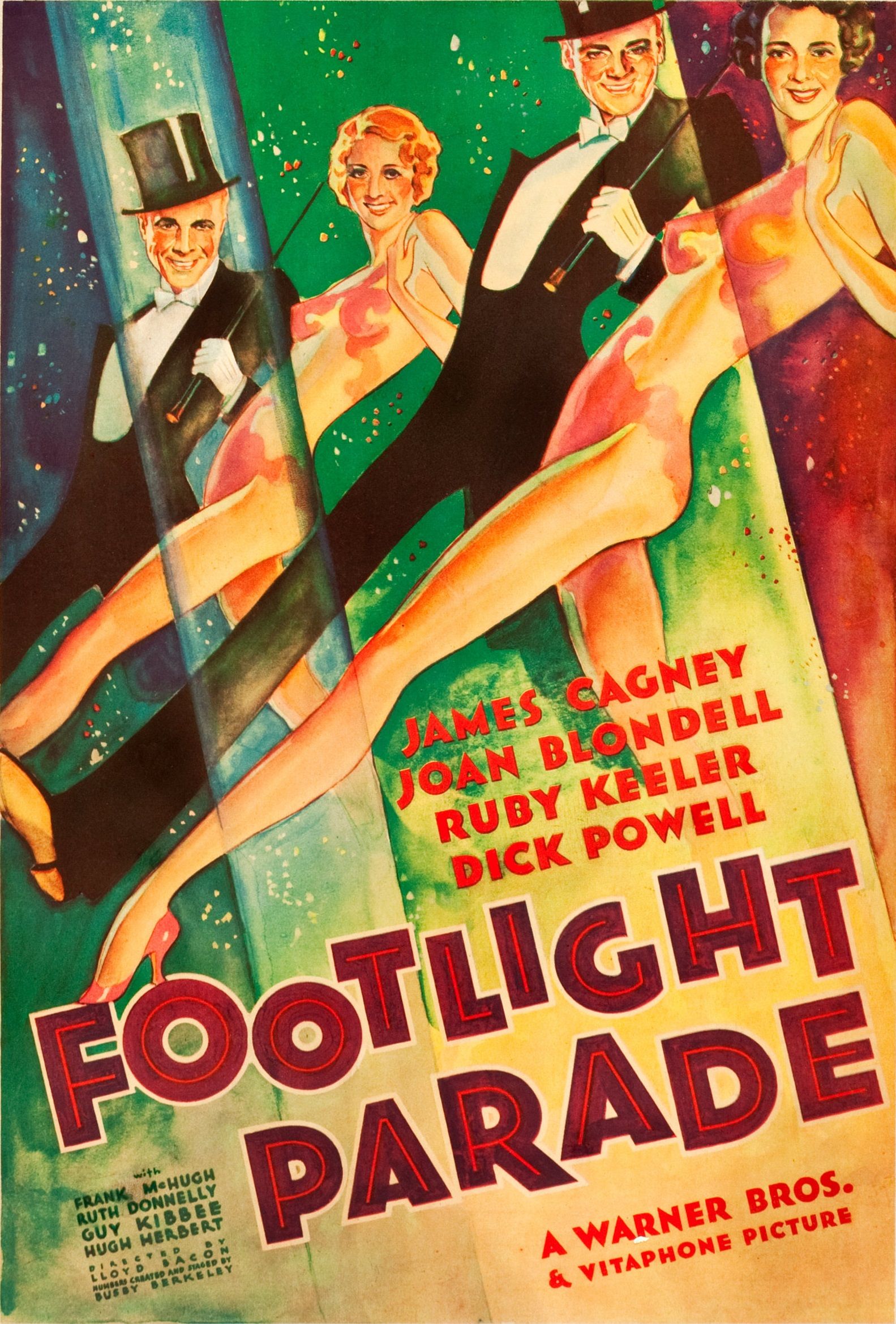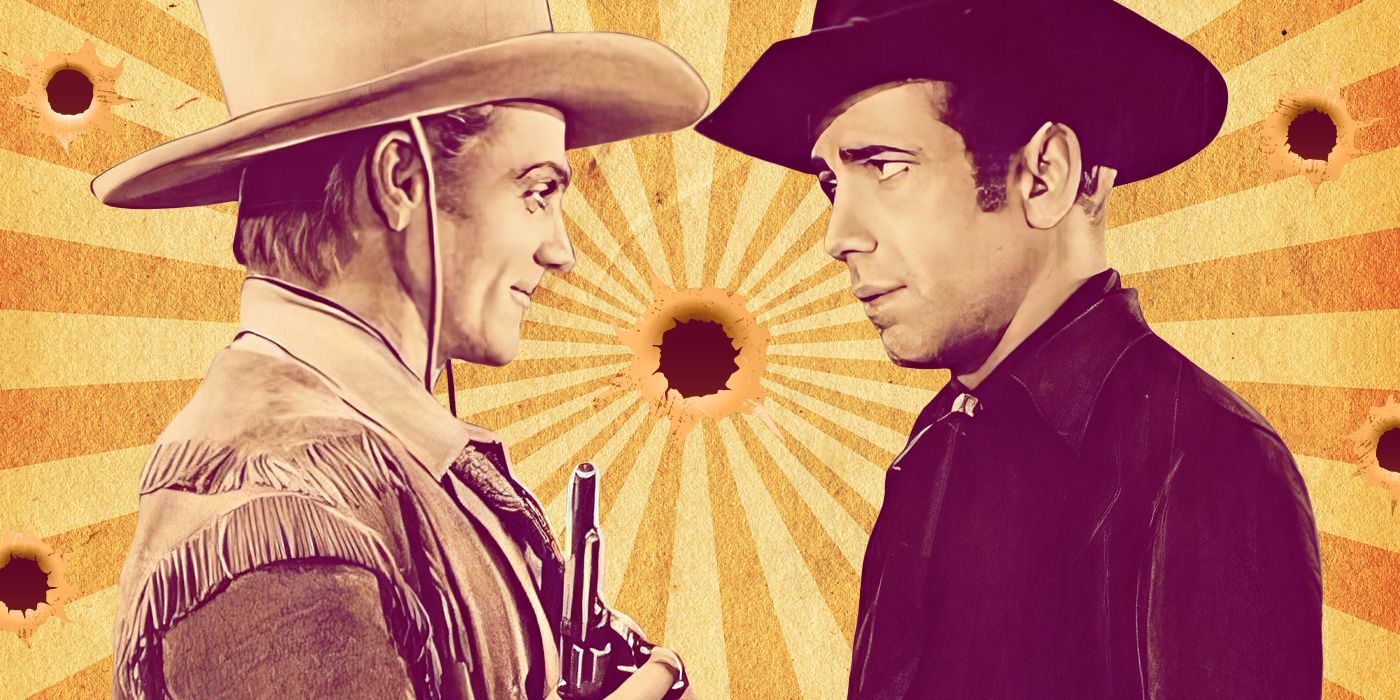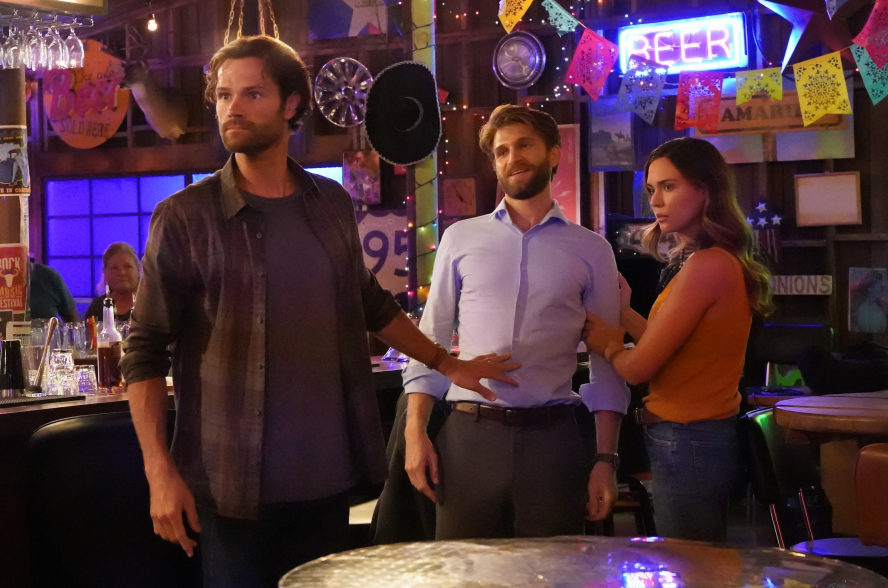The Big Picture
- James Cagney was known for tough guy roles but started in musical theater.
- Cagney lobbied for the lead in Footlight Parade to showcase his song-and-dance skills.
- Footlight Parade allowed Cagney to demonstrate his range as a performer, blending his tough guy persona with his dancing abilities.
Amid all his thank-yous when receiving the AFI Lifetime Achievement Award in 1974, James Cagney couldn’t resist making a point. Addressing Frank Gorshin, who counted Cagney among his impressions, he noted that “I never said, “Mmm, you dirty rat!’” The famous line, a jumbled approximation of dialogue from different Cagney movies, was emblematic of the tough-guy persona that typecast the actor early in his Hollywood career. It summed up a frustration for Cagney well into the 50s, limiting the opportunities allowed him despite his versatility. But a background in musical theater won him the occasional respite. One particular musical let Cagney showcase the tough guy and the song-and-dance man: Footlight Parade.

Footlight Parade
Chester Kent struggles against time, romance, and a rival’s spy to produce spectacular live “prologues” for movie houses.
- Release Date
- October 21, 1933
- Director
- Lloyd Bacon
- Cast
- James Cagney , Joan Blondell , Ruby Keeler , Dick Powell
- Runtime
- 104 minutes
James Cagney Originally Came Up Through Musical Theater
Musicals – of a sort – were Cagney’s training ground as a performer. He got into vaudeville just after World War I. A little white lie about his experience got him in the door, and he spent the 1920s singing and dancing. Musicals got him to Broadway in 1929’s Penny Arcade, and Penny Arcade got him to Hollywood and a Warner Bros. contract.
It was Warners that cast Cagney in the role that made him a movie star, Tom Power in The Public Enemy (1931). Later in life, Cagney downplayed the film’s reception while acknowledging the quality of the part and its effect on his career. But The Public Enemy was so successful a vehicle for him that his screen image was immediately set as the tough guy, the punk sore at the world. There were variations on that theme over the years; some of Cagney’s toughs were gangsters or other criminals, and some were citizens with an edge. Some were irredeemably nasty, some were sweet underneath. And Cagney was no stranger to fighting in real life, having grown up brawling on the streets of New York. But he grew into a reserved and private man, and despite appreciating some of his hoodlum characters, he was open about preferring comedy, dancing, and musical parts.

James Cagney and Humphrey Bogart Brought Gangster Vibes to This Dark, Gritty Western
The 1930s classic with James Cagney and Humphrey Bogart embodied American nihilism in the gritty, pessimistic film.
Warner Bros. was one of the premier studios for crime and gangster films in the early 1930s. After 42nd Street, they also became the same for musicals. The template set by 42nd Street was that of the backstage musical, the story behind a Broadway show’s production. Produced during the Great Depression, these films both lifted spirits and reflected the rigorous and not always glamorous hard work behind show business. Like the Warners’ gangster films, backstage musicals had the freedom in a Pre-Code Hollywood to play with racy material. And they were the launching pad for Busby Berkeley’s Hollywood career.
Footlight Parade was the third of the Berkeley backstage musicals. Dick Powell and Ruby Keeler were firmly established as young, romantic juveniles in such shows. But Cagney personally campaigned to studio chief Jack Warner for the lead role of Chester Kent. Faced with a star eager for the part and with the background to back up his enthusiasm, Warner agreed.
Keeler and Powell are very much supporting players in the film. The driving force of the story is Cagney’s Kent, a musical director who’s weathered the advent of talking pictures by staging short musical “prologues” performed before the movies start. He has the moneymen fighting him in one corner and a plagiarist swiping all his work in another. To stop the thief ahead of a potential big break, Kent locks his whole cast and crew in for three days of rehearsal. Meanwhile, his faithful secretary Nan (Joan Blondell), the heart and smarts of the picture, does her best to keep Kent safe from spies, ex-wives, and his own impulsive behavior.
The Role of Chester Kent Showcases Cagney’s Strengths
So fixed was Cagney’s reputation as a screen hoodlum that Warner Bros. advertised his singing and dancing as Footlight Parade’s biggest surprise for movies released in 1933. But even for modern audiences who know Cagney’s full filmography, there’s still a sense of surprise within the story when Cagney’s Kent steps in at the last minute to act in his own prologues. Though his one number, “Shanghai Lil,” admittedly does not give him a particularly difficult vocal part, Cagney does a wonderful job acting – in character – through the song. And being in his physical prime at the time, he could really hoof it on the tap dances.
But Footlight Parade, like 42nd Street before it, concentrates on the showy musical work in the back end of the film. Most of its runtime is devoted to the comic antics that ensue while Cagney and his team try to prep the prologues. And through those scenes, Cagney’s Kent proves himself to be quite a tough little guy, in the vein of his crooks and fighters.
There are significant differences, of course. Kent’s response to the theft of his ideas might not fly today, but it’s hardly a criminal operation. He doesn’t smash grapefruit into a woman’s face or throw one out of his apartment by the hair. And Kent is ultimately a sweet, passionate, creative man. But in dealing with financiers, thieves, and gold-diggers, he shows himself to have quite a temper. He blows his stack and even knocks a few heads around before he makes his way onto the stage and into Nan’s long-waiting arms. It’s Nan who puts Kent’s gruff, combative side into a different context from Cagney’s more serious tough guys; Kent’s temper combined with a single-minded focus on work gets him into the tight spots Nan has to dig him out of.
The blend of those two elements, the hoofer and the hoodlum, gives Footlight Parade a lot of its charm. It might be the best showcase for Cagney’s range in his entire filmography. He’s tough and even intimidating when Kent cracks the whip as director, he’s funny when Kent makes a mess of his life and business, and sharp and slick in the musical numbers. His biographer wrote that Cagney once counted Footlight Parade as his favorite of his own films, though he reportedly soured on it toward the end of his life. If so, that’s a shame, because not only is Footlight Parade a great musical comedy, it’s a wonderful amalgamation of the screen persona Cagney won in Hollywood and the song-and-dance man he preferred to be.
Footlight Parade is currently available to rent or buy on Amazon Prime Video
























































![Key Metrics for Social Media Marketing [Infographic] Key Metrics for Social Media Marketing [Infographic]](https://www.socialmediatoday.com/imgproxy/nP1lliSbrTbUmhFV6RdAz9qJZFvsstq3IG6orLUMMls/g:ce/rs:fit:770:435/bG9jYWw6Ly8vZGl2ZWltYWdlL3NvY2lhbF9tZWRpYV9yb2lfaW5vZ3JhcGhpYzIucG5n.webp)
















